
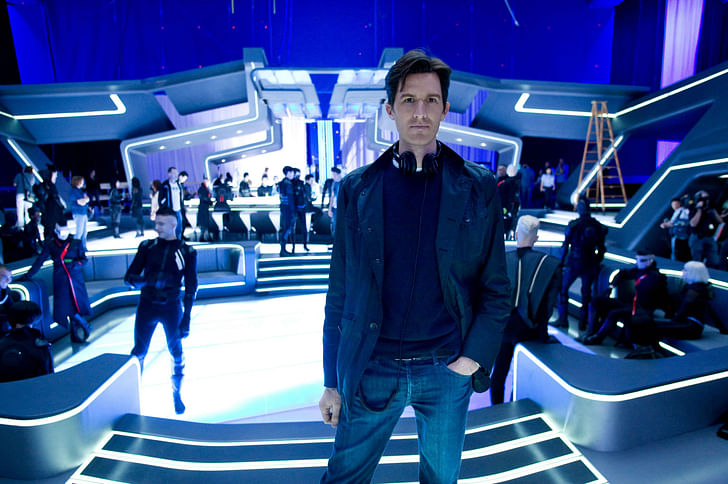
As we've seen throughout our Cutting Room series, there's a clear relationship between architecture and filmmaking. Architecture is inspired by film as often as film is inspired by architecture, so it's not uncommon for architects to experiment with film, or even transition into a film career. Joseph Kosinski is one such individual, but his path to filmmaking is a little different than normal. His full-length directorial debut was for 2010's TRON: Legacy, a blockbuster sequel to the early 80's classic. Three years later, he followed that with the visually stunning Oblivion, starring Tom Cruise.
What skills did Joseph take from architecture that helped launch such an impressive entrance into Hollywood? How did his architectural education at Columbia move him towards becoming a filmmaker? Listen to my conversation with him to find out.
In 2004 Archinect introduced Les Jumelles, a short film created for Nike by KDLAB, a New York-based design studio founded by Joseph Kosinski and Dean DiSimone. Click here to read the interview.
We had a phrase on our first website, in 1999, that said we were "interested in exploring the blurred boundaries between architecture, graphics and film". A lot of people thought that was hilarious at the time. But, that's what we wanted to do.

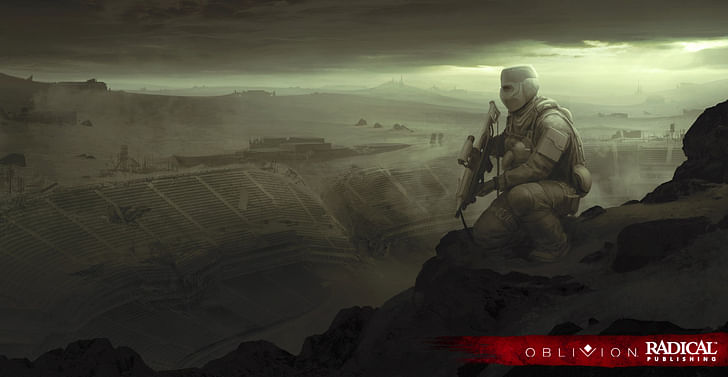
Oblivion started as a short treatment for a film. I wrote the first treatment in 2005, then the writers strike happened, and I couldn't hire a screenwriter, so I developed it as an illustrated novel.
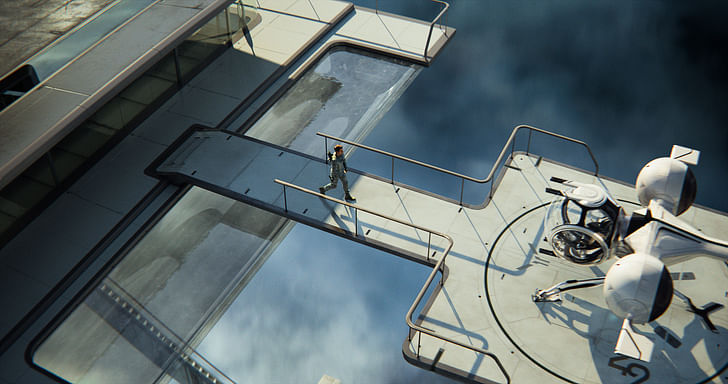
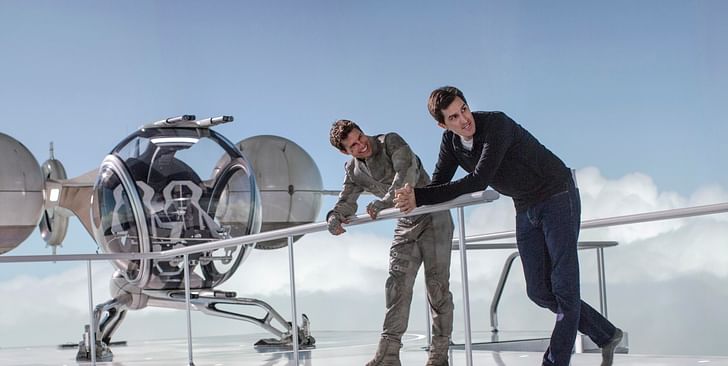
I think architecture is an amazing training ground for a number of fields - filmmaking being just one of them... is having an architecture background helpful in "designing" a movie? Of course it is.... What's even more useful, in my architectural education, was the methodology of architecture. The ability to think critically. The ability to form a thesis for any project that is a guiding principle for every decision you have to make along the way. That style of thinking was probably the most useful thing I learned in architecture school, and really applies to filmmaking.

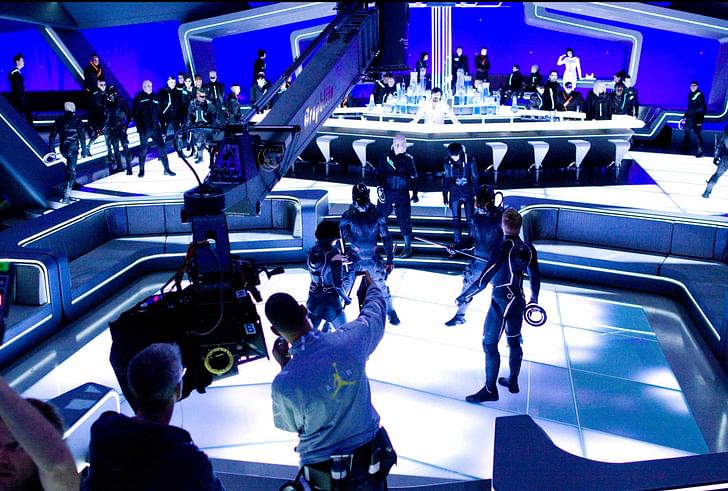
An architect can have a vision for a building, but there's no way he can create it himself. It's the same for a director. You need a very specific vision of exactly what you want in the end, but just important is your ability to communicate that vision across a crew of hundreds or thousands of people that are pushing to achieve that vision.


A lot of people say I'm really into sci-fi. I've only made two movies, and they both happen to be science fiction movies, so, I think people assume that's the only thing I'm interested in, but that's not the case at all. Right now I'm working on a car racing movie that takes place in the 60's, a spy thriller that takes place today, in addition to the Twilight Zone movie which has elements of science fiction in it, along with many other elements.
Paul Petrunia is the founder and director of Archinect, a (mostly) online publication/resource founded in 1997 to establish a more connected community of architects, students, designers and fans of the designed environment. Outside of managing his growing team of writers, editors, designers and ...
4 Comments
Props to Joseph / KD Lab. WoW.
Paul great interview and awesome work Mr. Kosinki...I agree with the working on multiple projects at one time - having architecture happen is also somewhat of a small miracle as Joseph says about films.
Impressive work and vision...
Thank you for your exciting interview about this exceptional designer and his work.
Block this user
Are you sure you want to block this user and hide all related comments throughout the site?
Archinect
This is your first comment on Archinect. Your comment will be visible once approved.